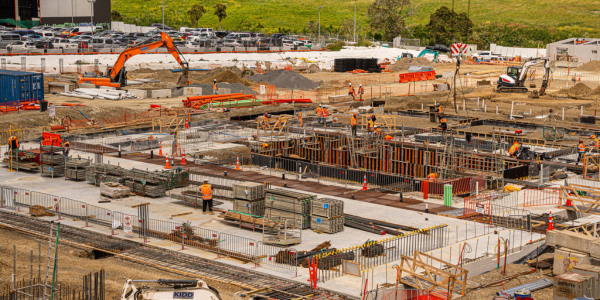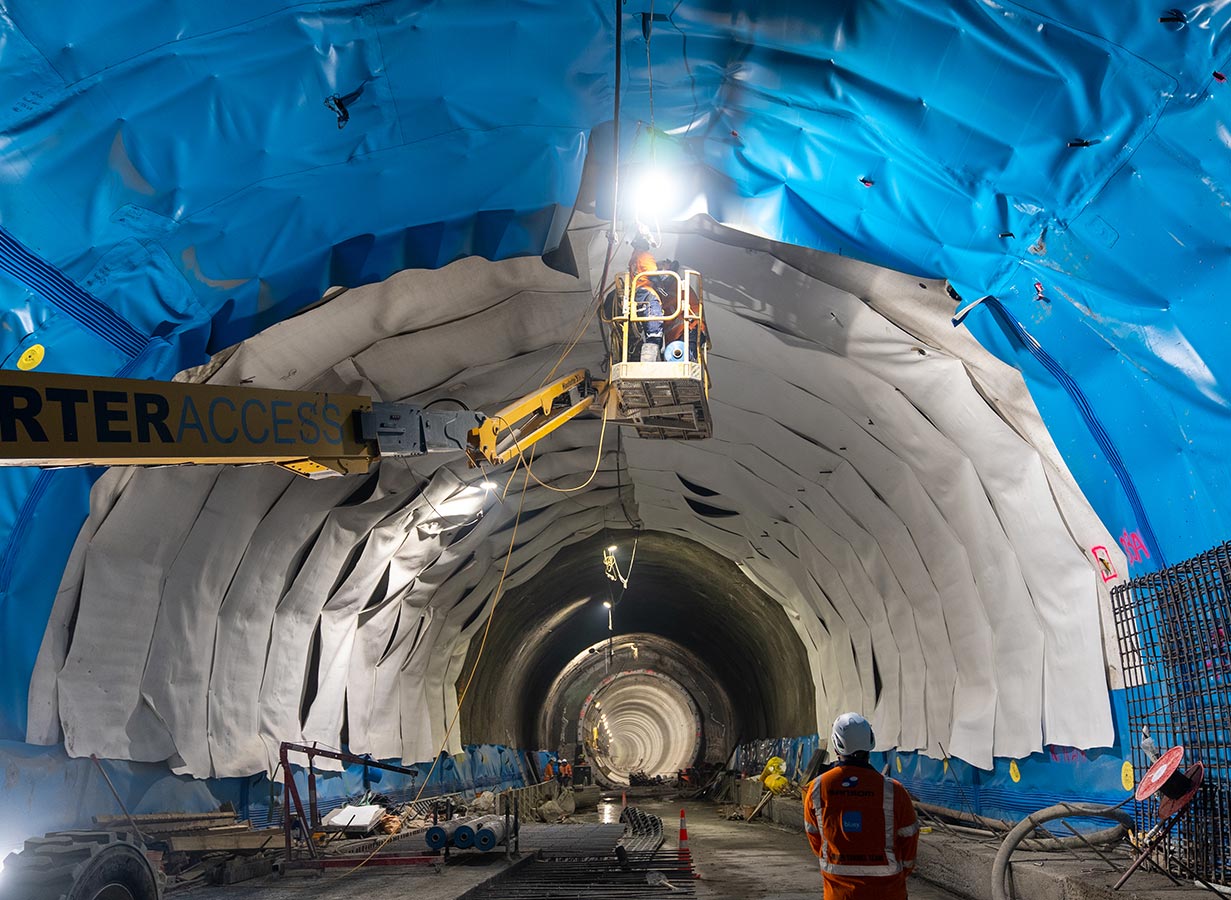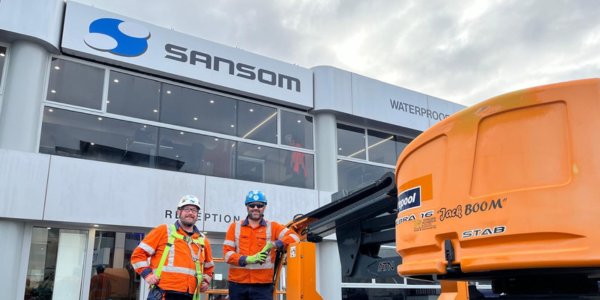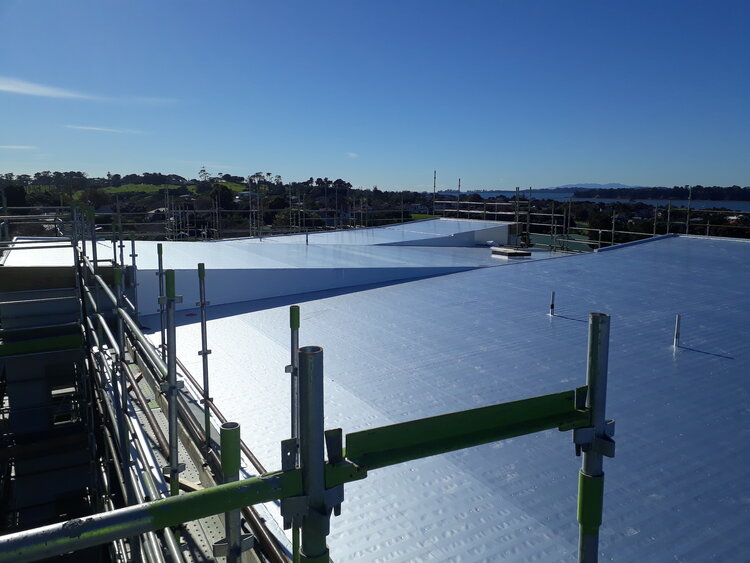We are fortunate that we can be a one stop shop around underground, facade and above ground waterproofing, seismic joints, concrete works, screeding and many other permanent or temporary solutions.
One thing that some people might not realise is that we love talking waterproofing and concrete. So feel free to pick up the phone or come and see us about anything. Even if we don’t know it we probably do know who does.
In this newsletter, we’re highlighting a recent large-scale industrial project, which showcases how our divisions work together to provide a complete solution.




